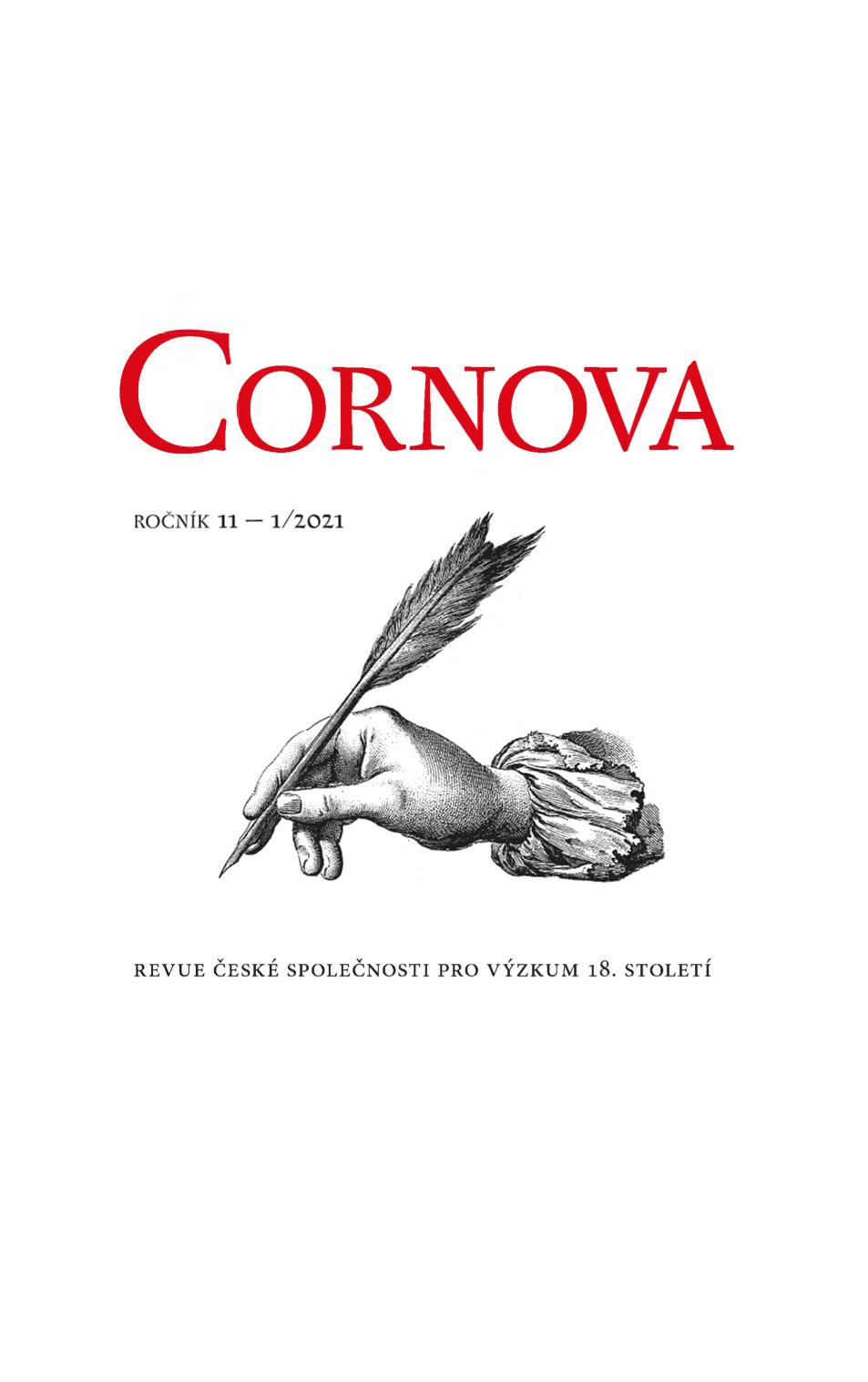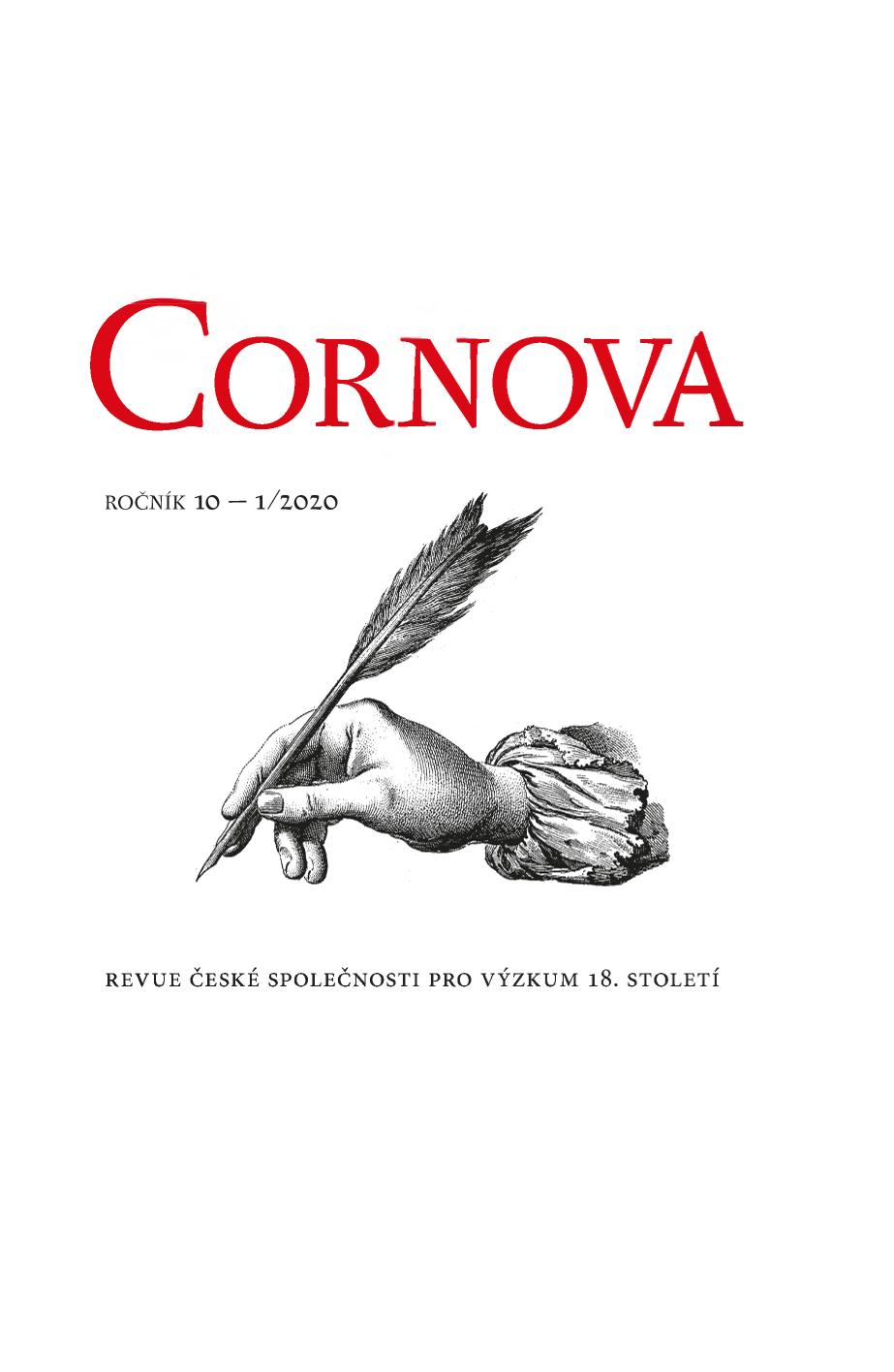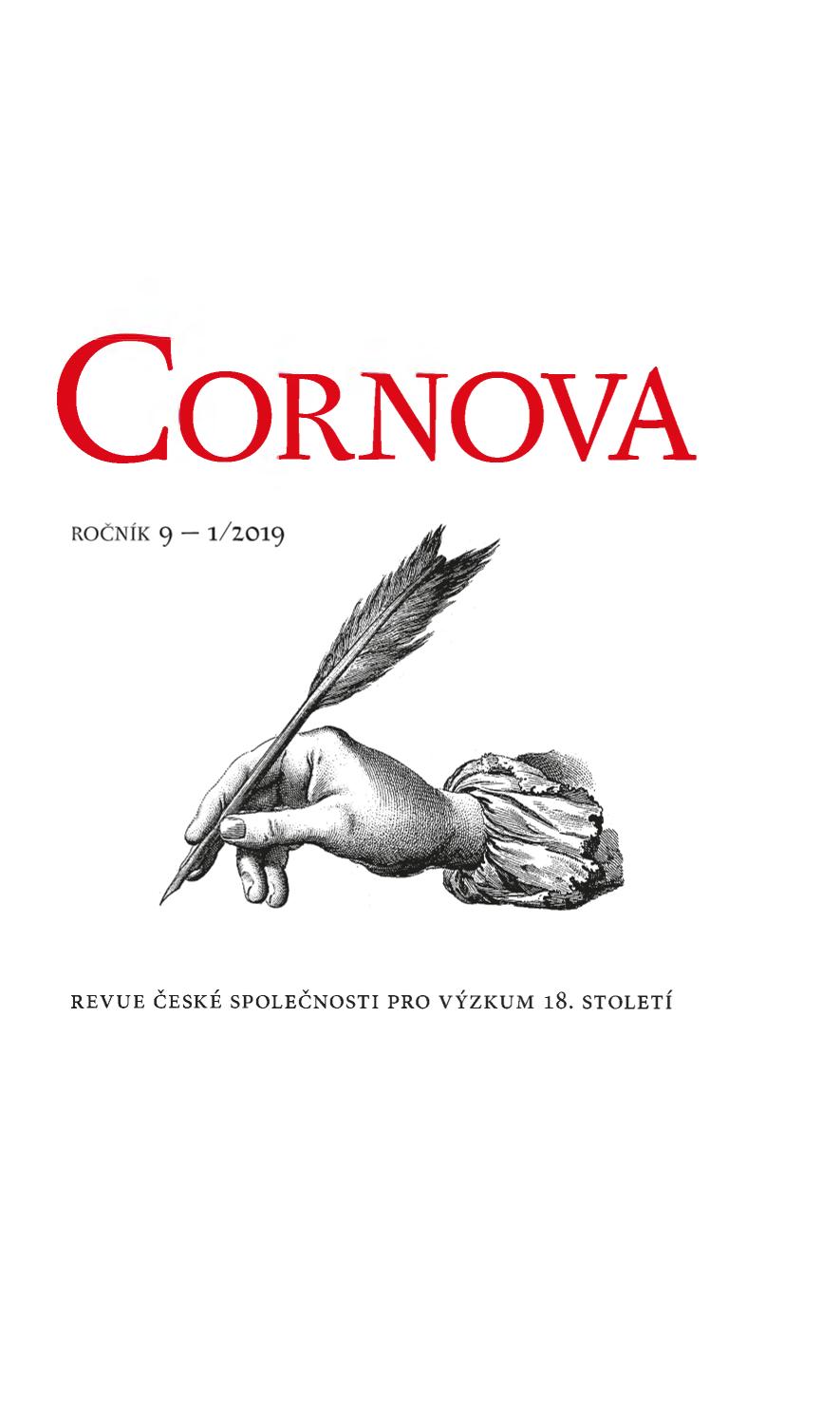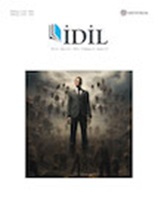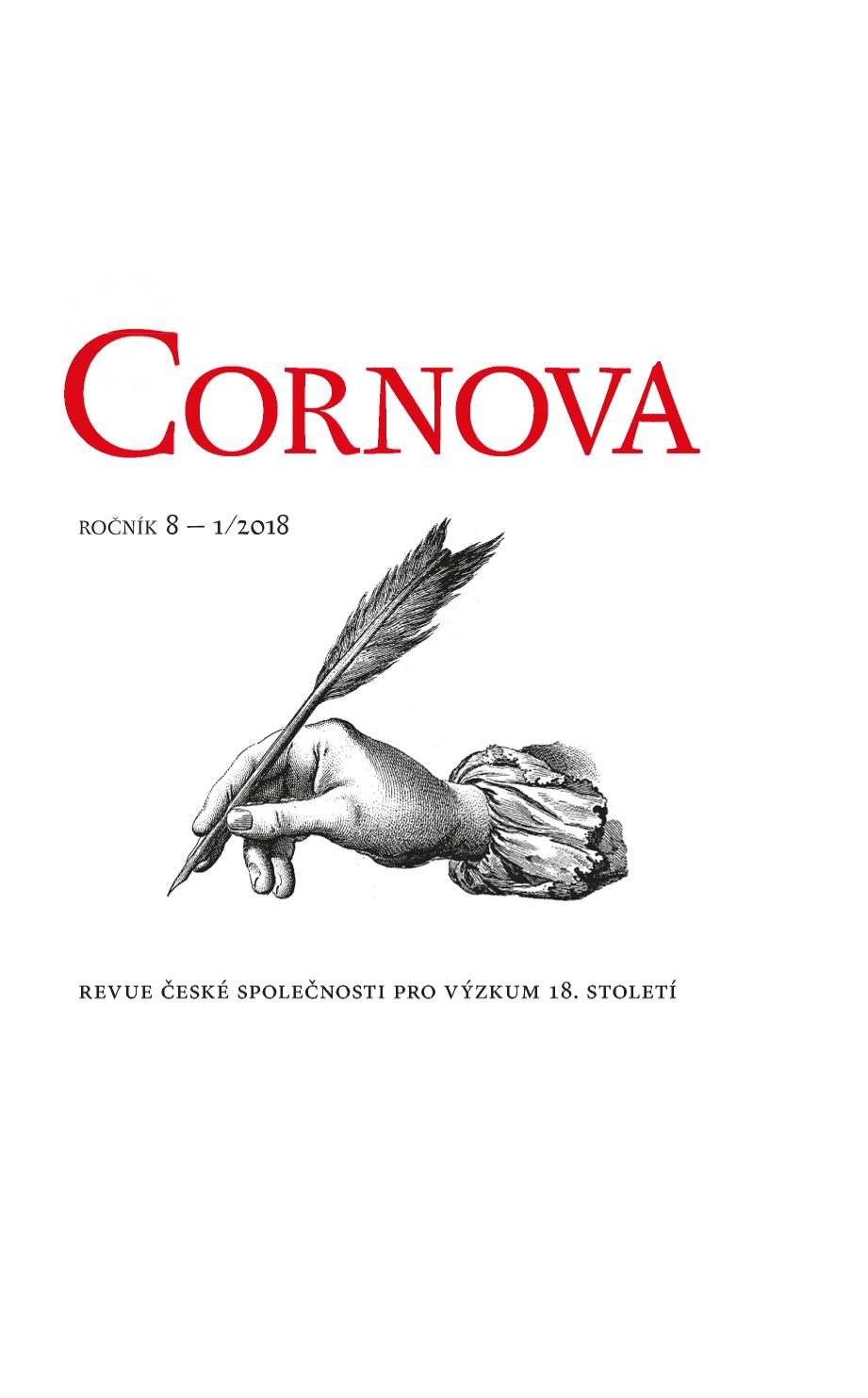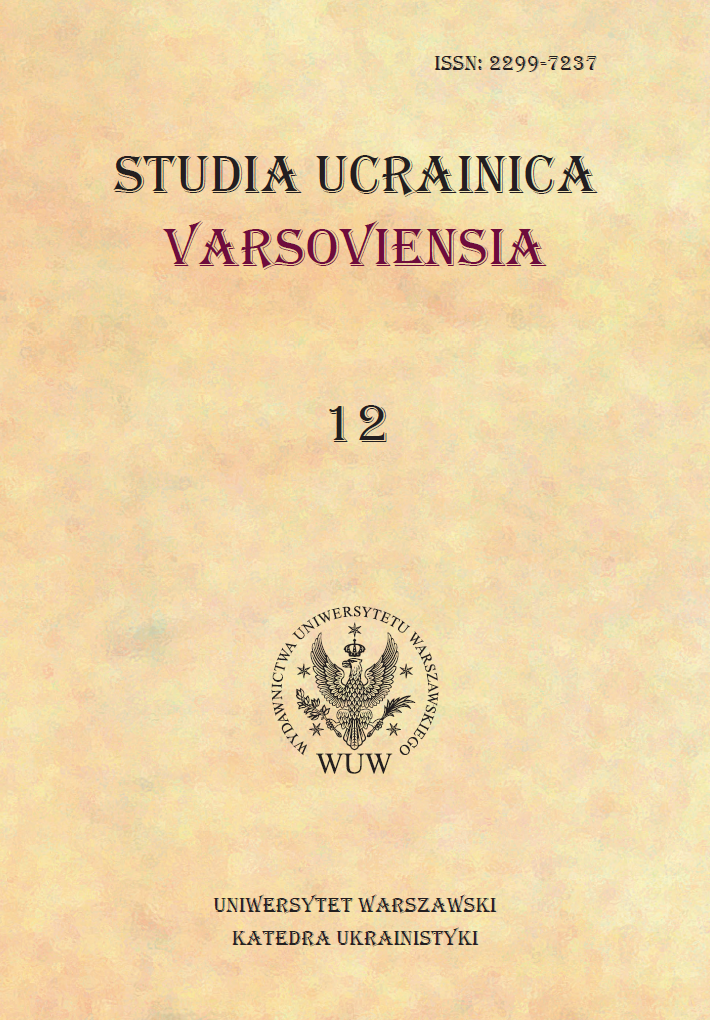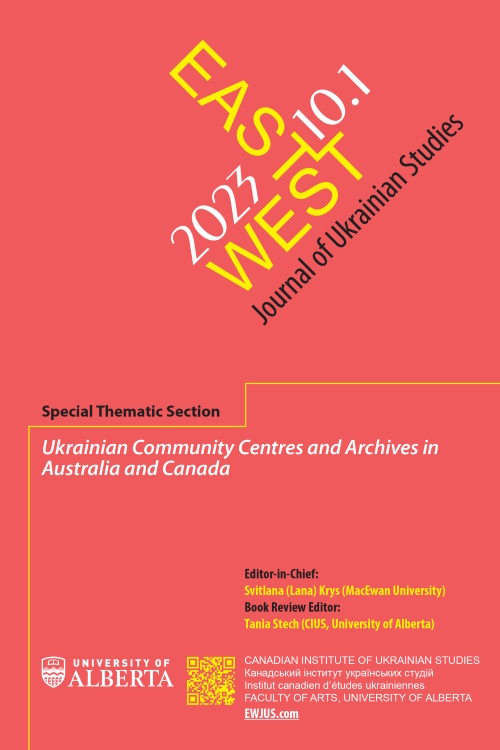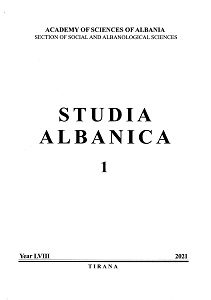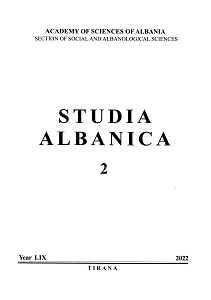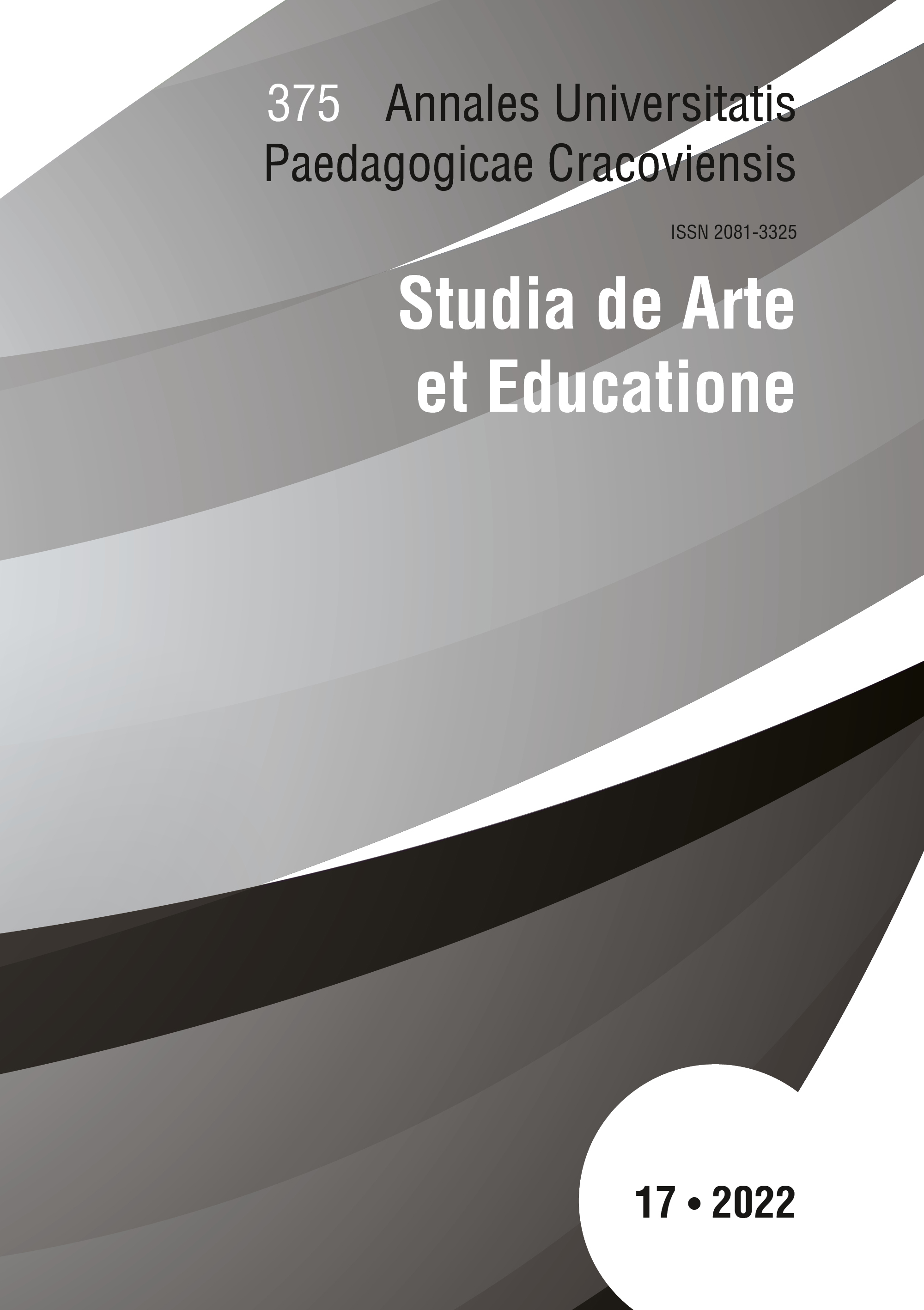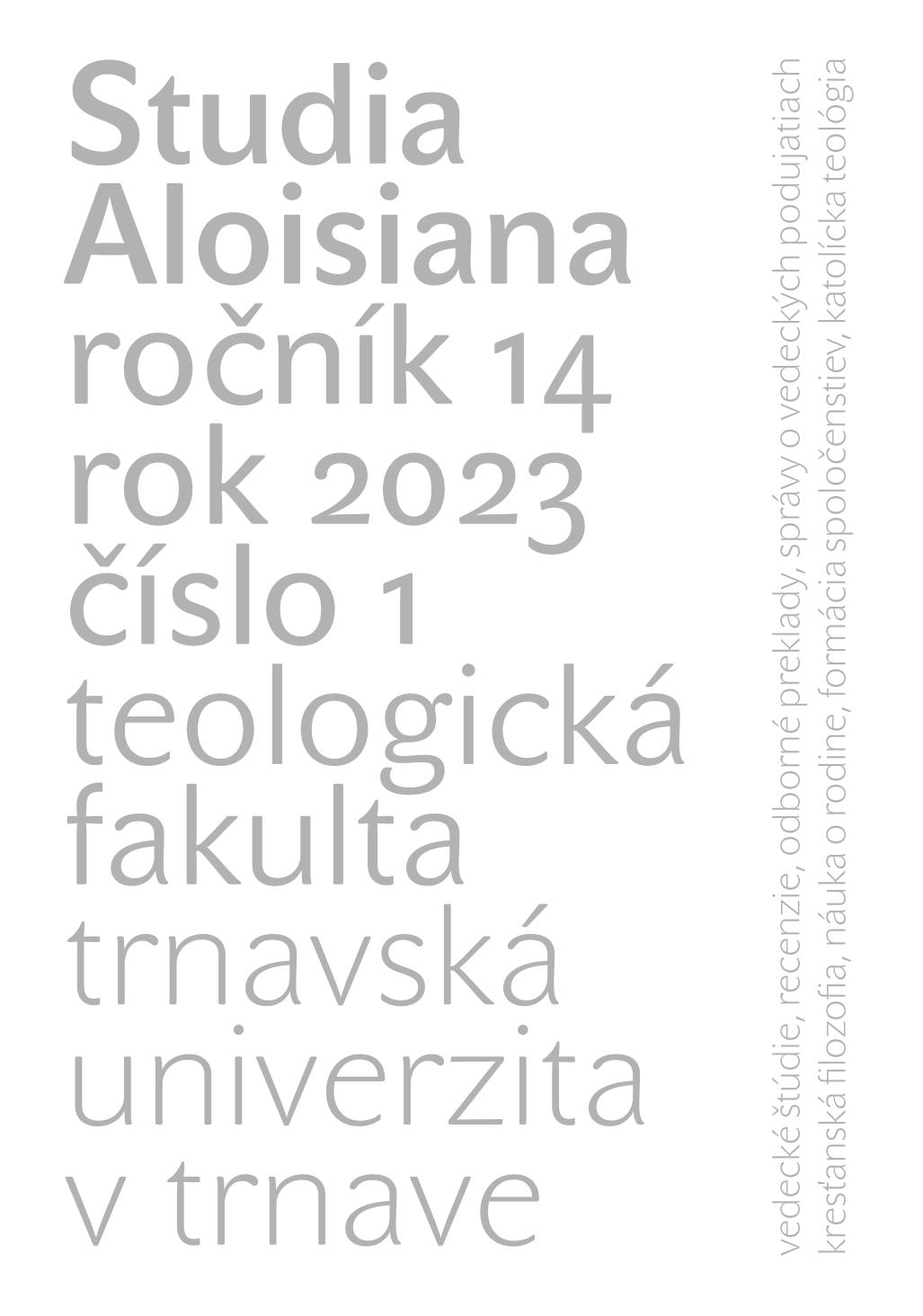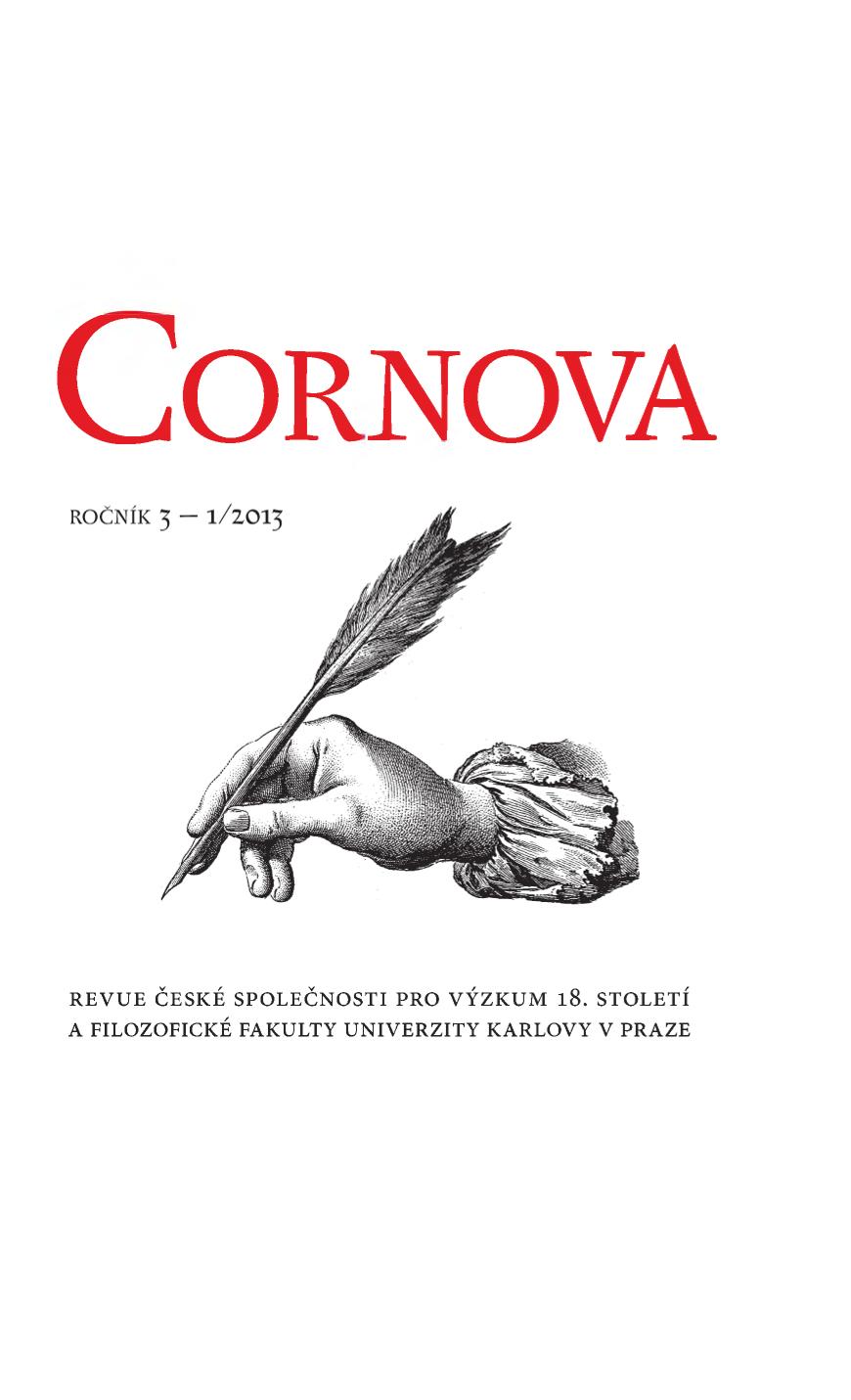
Symbolika bočního průčelí kostela sv. Tomáše na Malé Straně
The main aim of this article is to present a new interpretation of the decoration of the lateral facade of the Augustinian Church of St Thomas in the Lesser Town of Prague, which was created during the reconstruction of the church by its architect Kilián Ignác Dientzenhofer in the first third of the 18th century. Drawing on recently discovered sources, it provides a new interpretation of the emblematic decoration of the portal of the lateral facade, both in the context of the painted decoration of the church interior and in relation to the social and theological conditions of the time. In particular, it proposes an interpretation of the four metopes in the entablature of the Doric order, for which the author or commissioner of the Baroque rebuilding of the church probably found inspiration in the emblematic album Devises et Emblèmes Anciennes & Modernes by the late 17th-century French writer and emblematist Daniel de La Feuille, on the basis of which the symbolism of these four metopes can be interpreted. The meaning of these four metopes is then related in the context of the entire decoration of the lateral facade of the temple also within the symbolism of the columnar orders, in this particular case the use of the Doric order. As it appears, the entire decoration of the lateral facade was systematically and purposefully chosen by the architect and contains extraordinary Christological symbolism that may be hidden to the modern observer at first glance.
More...
